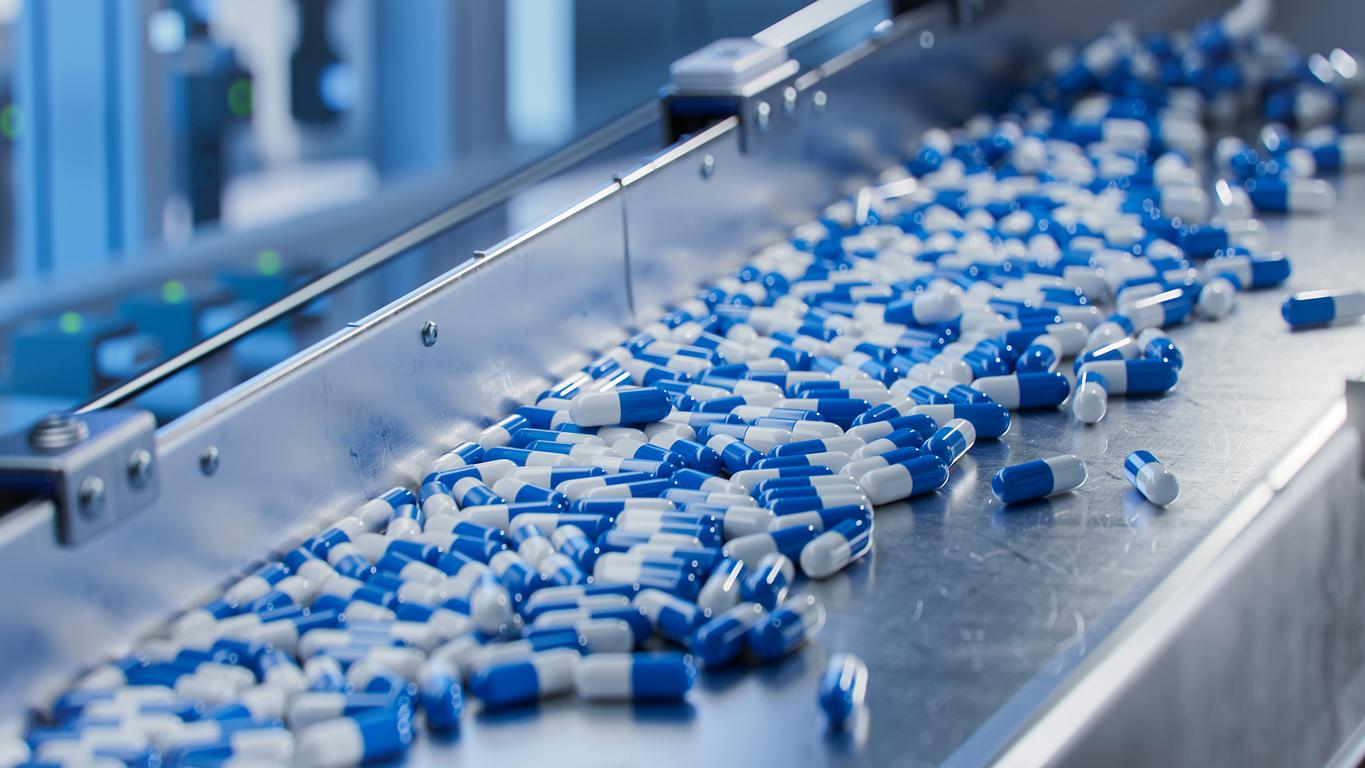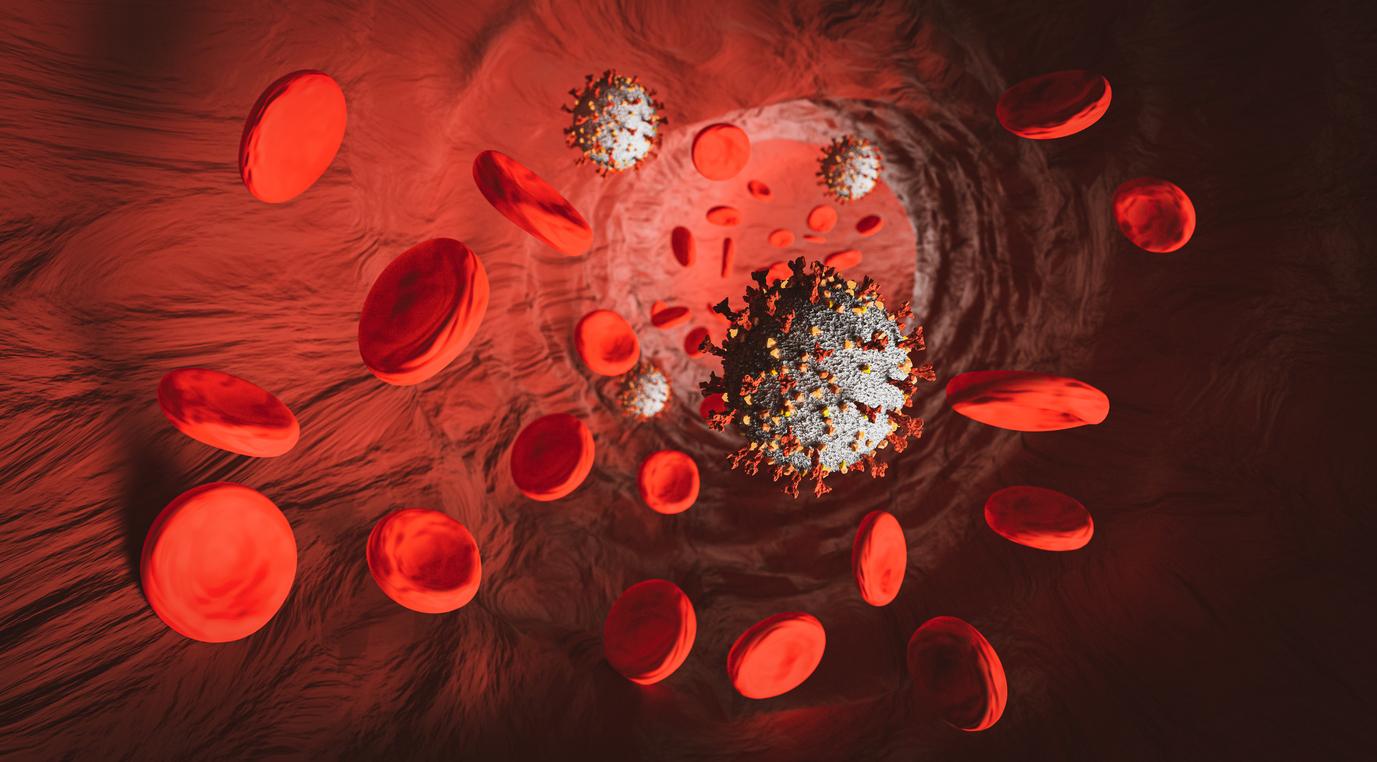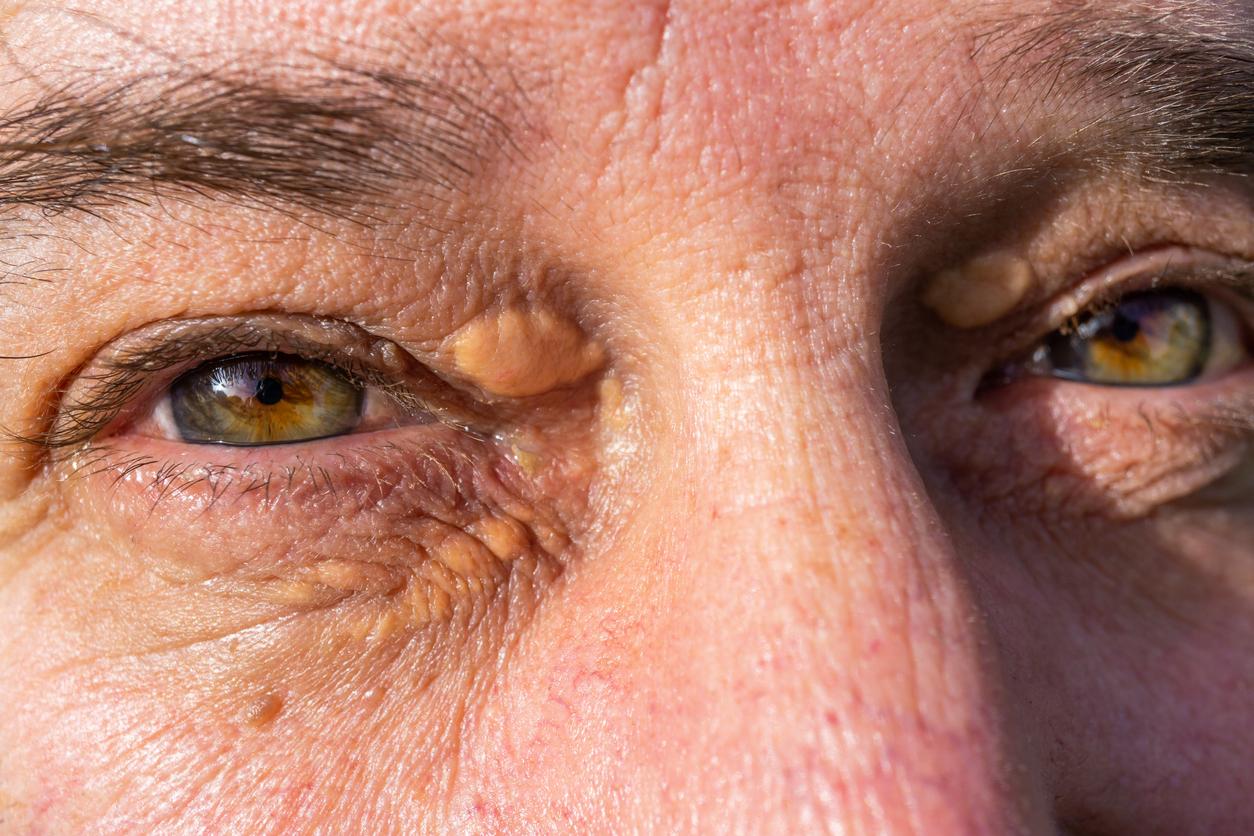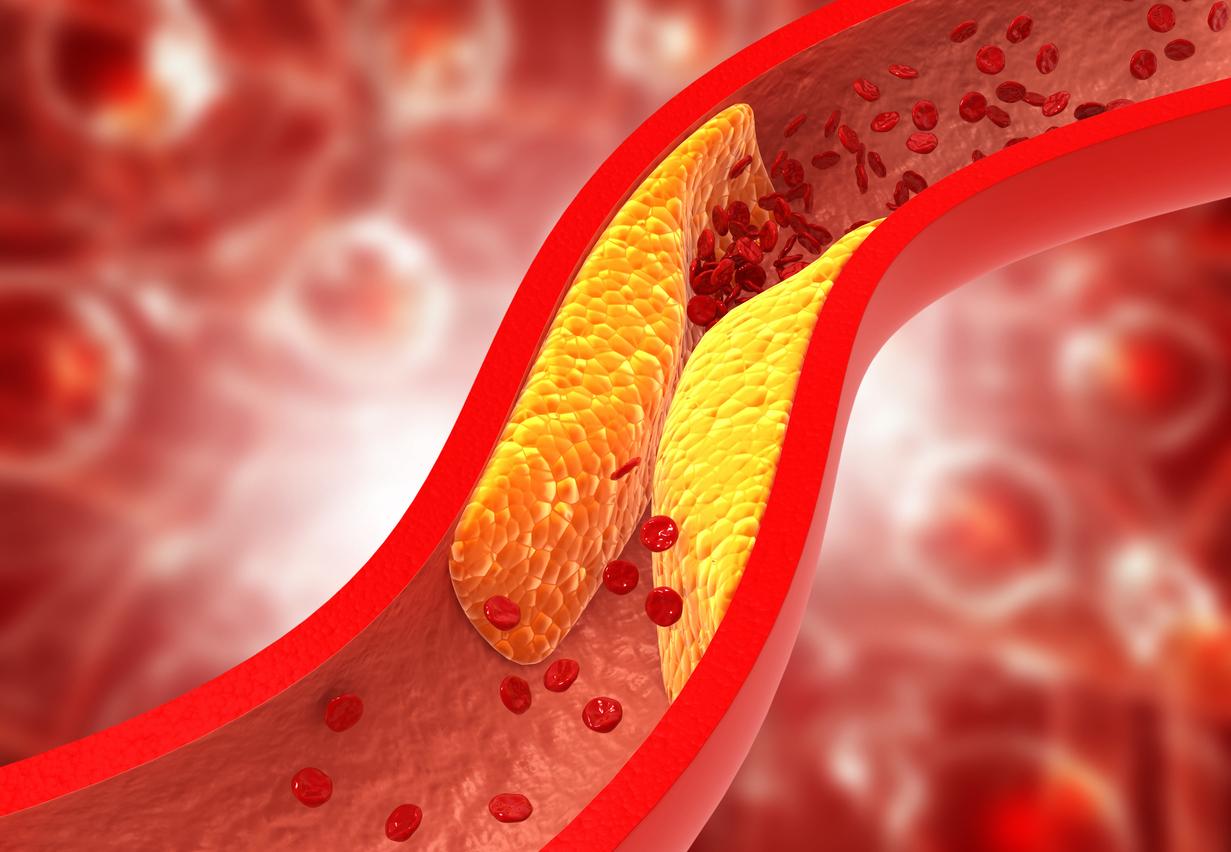The prevention of cardiovascular diseases involves in particular the good cholesterol (HDL). But a study shows that HDL can, in some cases, be altered and promote the formation of plaque on the arteries.
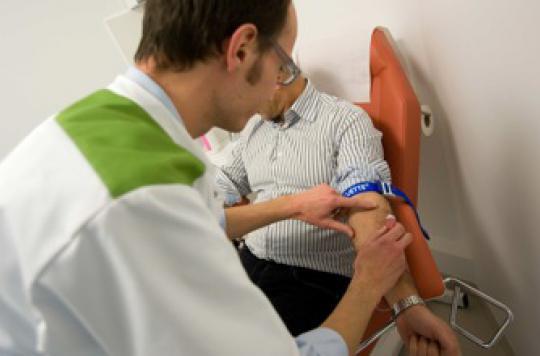
The “good” cholesterol is believed to protect us from cardiovascular disease. But a study from the Cleveland Clinic (Ohio, United States), published on January 26 in Nature Medicine, reveals that high density lipoprotein (HDL) cholesterol can behave like “bad” cholesterol. This is the result of five years of HDL studies and analysis of blood samples from 627 patients.
The same properties as bad cholesterol
HDL cholesterol normally helps keep arteries “clean”: it normally travels to the liver and does not get deposited on the artery walls. The so-called “bad” cholesterol is low density lipoprotein (LDL) and is deposited in plaques on the blood vessels. It promotes inflammation and atherosclerosis, which can lead to strokes or heart attacks. But researchers at the Cleveland Clinic have found that HDL can sometimes deteriorate. It then has the same properties as bad cholesterol. Instead of protecting against cardiovascular disease, it promotes them.
The alteration of good cholesterol is due to an abnormality. The major structural protein of HDL, apolipoprotein A1 (apoA1) is dysfunctional and oxidizes prematurely due to an enzyme (myeloperoxidase). Cholesterol changes in the lining of the arteries and forms a plaque.
Tests to spot dysfunctional HDL
Until now, high cholesterol has been associated with good cardiovascular health. But this study shows that the situation is much more complicated. Boosting HDL levels is ineffective if it is failing. It would therefore be necessary to determine during blood tests whether this cholesterol is functioning normally. “Identifying the structure of dysfunctional apoA1 and the process by which it becomes a factor for disease instead of preventing it is the first step in creating new tests and treatments for cardiovascular disease,” says Dr. Stanley Hazen, co- author of the study. “Now that we know what this dysfunctional protein looks like, we are developing a clinical test to measure its levels in the bloodstream. “
In the future, blood tests should make it possible to distinguish whether HDL is a risk factor for cardiovascular disease. Second step: develop drugs that will limit, or even block, the formation of plaques by good cholesterol. Remember, however, that in the prevention of cardiovascular disorders, nothing beats a healthy and balanced diet, which limits inflammation.
.








